This animal feed production line in Brazil project can process 30t/h compound feed, 20t/h cattle and sheep concentrate feed, 20t/h concentrated feed, and 8t/h premix.

At present, the feed market has good prospects and huge demand. The original animal feed production line can no longer meet the market demand. In order to adapt to the market, the client company decided to invest $8 million in the construction of a "feed production line technical transformation project" after sufficient inspection and research.
After the completion of the multifunctional animal feed production line in Brazil project, there will be a total of 9 production lines (including 4 cattle and sheep feeds, 4 livestock and poultry feeds, and 1 premix), with an estimated annual output of premix, compound feed, concentrated feed, and concentrate supplements of a total of 400,000 tons ( Among them, compound feed and concentrate supplements share the same production line).
Name:
Poultry cattle sheep feed production line
Country:
Brazil
Date:
April 2023
Capacity:
400,000 Tons per year
Feed Size:
2-8mm pellets and powder
The install period:
2 Years
Control Mode:
Automatic
Guiding Price:
(This is a large scale multifunctional animal feed production line in Brazil project for a Chinese customer to invest in and build a feed factory in Brazil. This feed factory can process 30t/h compound feed, 20t/h cattle and sheep concentrate feed, 20t/h concentrated feed, and 8t/h premix. Due to the large amount of investment, the project will be divided into multiple phases of construction.)
The customer of this multifunctional animal feed mill in Brazil project is a high-tech enterprise integrating feed research and development, production, sales and service. It is committed to providing high-quality, pollution-free products to the majority of livestock farmers. This customer's technology has built a production line with an annual output of 10,000 tons of feed.
It mainly including: new dormitory building, new warehouse, adjustment of the original production workshop, technical transformation of the original production line and expansion of production capacity:
The main products of the existing project are concentrated feed and compound feed (capacity: 10,000 t/a). After the expansion, the main products are concentrated feed, compound feed, premix and concentrate supplement (capacity: 400,000 t/a). , product plans are detailed in the table below.
| Product name | Raw material | Production before expansion (t/a) | Output after expansion (t/a) | Specification |
| Compound feed | Using corn and soybean meal as carriers, wheat bran, premix and fermentation materials are added as assistants. | 5000 | 160000 | 40kg, 20kg, 10kg, 5kg, 1kg |
| Concentrated feed | Using soybean meal as the carrier, corn, wheat bran, premix and fermentation materials are added as an auxiliary | 5000 | 90000 | |
| Premix | Stone powder, calcium hydrogen phosphate, 70% lysine, copper sulfate, etc. | 0 | 40000 | |
| Concentrate supplement | Corn, bran, soybean meal, premix and fermentation material | 0 | 110000 |
After the reconstruction and expansion, the number of people in the entire multifunctional animal feed production line in Brazil project has increased to 50. The specific labor quota and work system are detailed in the table below:
| Item | Labor capacity | Work system |
| Existing | 20 people | The working hours are 300 days a year, with one shift every day and each shift lasts 8 hours (9:30-5:30). |
| After expansion | 70 people | Working hours per year: 300 days, 2 shifts per day, 8 hours per shift (6:00-14:00, 14:00-22:00) |
This reconstruction and expansion of multifunctional animal feed production line in Brazil is carried out in the existing factory area.
The contents of the reconstruction and expansion include the technical transformation and capacity expansion of the original production line, the addition of 1 premix line, 2 new cattle and sheep feed production lines in the middle of the factory, and 2 new production lines on the east and north side of the factory.
2 Livestock and poultry feed production lines, 2 cattle and sheep production lines, including equipment replacement in the premix workshop; new fermentation feed technology; 2 new 2t/h gas boilers, 2 900t/seat silos; and a new dormitory building.
Boiler room: Located on the northwest side of the factory building, there are currently two 1t/h gas steam generators and two new 2t/h gas boilers.
The main raw and auxiliary materials usage and energy consumption of this multifunctional animal feed production line in Brazil project are shown in the table below:
| Name | Consumption before expansion | Consumption after expansion | Storage capacity (t) |
| Corn | 5000(t/a) | 130000(t/a) | 900 |
| Soybean meal | 4000(t/a) | 100000(t/a) | 900 |
| Wheat bran | 300(t/a) | 35000(t/a) | 100 |
| Wheat middlings | 200(t/a) | 35000(t/a) | 100 |
| Calcium hydrogen phosphate | 200(t/a) | 18000(t/a) | 40 |
| Stone powder | 100(t/a) | 18500(t/a) | 50 |
| 70% lysine | 20(t/a) | 1200(t/a) | 30 |
| Threonine | 5(t/a) | 380(t/a) | 2 |
| Choline | 5(t/a) | 380(t/a) | 2 |
| Copper sulfate | 5(t/a) | 190(t/a) | 1 |
| Other | 165(t/a) | 61350(t/a) | 0.4 |
| Fermentation bacteria | 0(t/a) | 6(t/a) | 10 |
| Soybean oil | 0(t/a) | 2400(t/a) | 5 |
| Molasses | 0(t/a) | 2000(t/a) | 200 |
| Electricity (KW.h/a) | 200,000 | 3000000 | / |
| Water (m3) | 741.9 | 11851.05 | / |
| Natural gas (m3) | 40000 | 1.86 million | / |
The characteristics of the raw materials used in this multifunctional animal feed production line in Brazil project are as follows:
The existing project has 2 feed production lines, which produce livestock and poultry compound feeds and concentrated feeds. After technical transformation and capacity expansion, the premix production process that was originally part of the feed production line will be used as a separate production line, and 2 additional lines will be added to only produce cattle and sheep.
Once completed, the multifunctional animal feed production line in Brazil will produce compound feed, concentrate supplements, concentrated feeds and premixes; four more production lines will be added to produce compound feeds, concentrate supplements and concentrated feeds.
To expand the capacity of the original two production lines, it is only necessary to debug the equipment to the maximum processing capacity and increase the equipment running time, without adding new equipment.
| Device name | Main indicators | Quantity after expansion |
| Feed mixer | Mixing volume: 25kg/batch, mixing time: 15-35s | 1 |
| Pulse dust collector | / | 1 |
| Air shut-off device | Volume: 7L | 2 |
| Pulse dust collector | / | 2 |
| Raw material feeding hopper | 0.85m*0.6m | 1 |
| Turner | Volume: 12L | 1 |
| Self-cleaning hoist | Conveying capacity: 5-8t/h | 1 |
| Warehouse to be mixed | 1.2m3 | 1 |
| Pneumatic gate | / | 2 |
| Pulse dust collector | / | 1 |
| Small ingredient adding port | 0.6m*0.6m | 1 |
| Finished product hopper | 1.5m3 | 1 |
| Automatic packing scale | / | 1 |
| Automatic bag sewing machine | 1 | |
| Premix mixer machine | 0 | |
| Double shaft paddle mixer | Mixing volume: 0.5t/batch, mixing time: 30-120s | 1 |
As can be seen from the above table, after replacing the feed mixer, the production capacity of the twin-shaft paddle mixer is 240-960t/d, and the annual production capacity is 72,000-288,000t/a, which can fully meet the 58,000t premix for this multifunctional animal feed production line in Brazil project. /a capacity requirements.
The original livestock and poultry feed workshop equipment is reused, and capacity is expanded only through equipment debugging and increasing working hours.
| Device name | Specifications and models | Before expansion (QTY) | After expansion (QTY) |
| Gas steam generator | 1t/h | 2 | 2 |
| Gas boiler | 2t/h | 0 | 2 |
| Workshop 2# production line equipment | |||
| Pulse dust collector | TBLM16*2M | 2 | 2 |
| Feed hopper and delete column | 1.4m*1.36m | 2 | 2 |
| Bucket elevator | TDTG36/23 | 4 | 4 |
| Cylindrical primary cleaning screen | SCY63 | 1 | 1 |
| Permanent magnet cylinder | TCXT20 | 4 | 4 |
| Pneumatic tee | TBDQ22 | 5 | 5 |
| Loading level device | SR2-10F | 4 | 4 |
| Crushing bin | / | 2 | 2 |
| Lowering level device | SR2-10F | 4 | 4 |
| Pneumatic gate | TZMQ40*40 | 4 | 4 |
| Buffer bucket | / | 2 | 2 |
| impeller feeder | SWYL25*50 | 1 | 1 |
| Hammer micro grinder | SWFP66×80C | 1 | 1 |
| Pulse dust collector | TBLM42*2M | 1 | 1 |
| Screw conveyor | SWLL2 | 1 | 1 |
| Rotary distributor | TFP8*22 | 1 | 1 |
| Ingredients warehouse | / | 1 | 1 |
| Discharge bin | SWLL20 | 1 | 1 |
| Dosing system | PCW2000 | 1 | 1 |
| Discharge door | / | 1 | 1 |
| Small material feeding port | / | 1 | 1 |
| Pulse dust collector | TBLM8*1M | 1 | 1 |
| Pneumatic gate | TZMQ40*40 | 4 | 4 |
| Twin-shaft paddle mixer | SSHJ2 | 1 | 1 |
| Storage silo | / | 1 | 1 |
| Material level indicator | SR2-10F | 1 | 1 |
| Scraper conveyor | TGSU25*5 | 1 | 1 |
| Bucket elevator | TDTG48/28 | 1 | 1 |
| Pneumatic four-way | TBDQ22 | 1 | 1 |
| Silo to be granulated | / | 1 | 1 |
| Conditioner | MUTZ350×2JC | 1 | 1 |
| Animal feed pelletizer | SZLH | 1 | 1 |
| Feed air shut-off device | GF16 | 1 | 1 |
| Wind network system | / | 1 | 1 |
| Fan | / | 1 | 1 |
| Cyclone | Φ1200 | 1 | 1 |
| Air shut-off device | GF7 | 1 | 1 |
| Counter flow cooler | SKLN6 | 1 | 1 |
| Pellet crumbler | SSLG15×100 | 1 | 1 |
| Rotary grading screen | SFJH-2C 120 | 1 | 1 |
| Finished product warehouse | / | 2 | 2 |
| Cache bucket | / | 1 | 1 |
| Automatic packing scale | B.SF.K-50 | 1 | 1 |
| Automatic bag sewing machine | Gk35-6A | 1 | 1 |
| Mobile refueling device | / | 0 | 1 |
| Pulse dust collector | TBLM16*2M | 0 | 2 |
| Feed hopper and delete column | 1.4m*1.36m | 0 | 2 |
| Bucket elevator | TDTG36/23 | 0 | 4 |
| Cylindrical primary cleaning screen | SCY63 | 0 | 1 |
| Permanent magnet cylinder | TCXT20 | 0 | 4 |
| Pneumatic tee | TBDQ22 | 0 | 5 |
| Loading level device | SR2-10F | 0 | 4 |
| Crushing bin | / | 0 | 2 |
| Lowering level device | SR2-10F | 4 | |
| Pneumatic gate | TZMQ40*40 | 0 | 4 |
| Buffer bucket | / | 0 | 2 |
| Impeller feeder | SWYL25*50 | 0 | 1 |
| Hammer micro grinder | SWFP66×80C | 0 | 1 |
| Pulse dust collector | TBLM42*2M | 0 | 1 |
| screw conveyor | SWLL25 | 0 | 1 |
| Rotary distributor | TFP8*22 | 0 | 1 |
| Ingredients warehouse | / | 0 | 1 |
| Discharge bin | SWLL20 | 0 | 1 |
| Dosing system | PCW2000 | 0 | 1 |
| Discharge door | / | 0 | 1 |
| Small material feeding port | / | 0 | 1 |
| Pulse dust collector | TBLM8*1M | 0 | 1 |
| Pneumatic gate | TZMQ40*40 | 0 | 4 |
| Twin-shaft paddle mixer | SSHJ2 | 0 | 1 |
| Storage silo | / | 0 | 1 |
| Material level indicator | SR2-10F | 0 | 1 |
| Scraper conveyor | TGSU25*5 | 0 | 1 |
| Bucket elevator | TDTG48/28 | 0 | 1 |
| Pneumatic four-way | TBDQ22 | 0 | 1 |
| Silo to be granulated | / | 0 | 1 |
| Conditioner | MUTZ350×2JC | 0 | 1 |
| Animal feed pellet machine | SZLH350×100 | 0 | 1 |
| Feed air shut-off device | GF16 | 0 | 1 |
| Wind network system | / | 0 | 1 |
| Fan | / | 0 | 1 |
| Cyclone | Φ1200 | 0 | 1 |
| Air shut-off device | GF7 | 0 | 1 |
| Counter flow cooler | SKLN6 | 0 | 1 |
| Crumbler | SSLG15×100 | 0 | 1 |
| Rotary grading screen | SFJH-2C 120 | 0 | 1 |
| Finished product warehouse | / | 0 | 2 |
| Cache bucket | / | 0 | 1 |
| Automatic packing scale | B.SF.K-50 | 0 | 1 |
| Automatic bag sewing machine | Gk35-6A | 0 | 1 |
| Unloading pit, grid screen | / | 0 | 3 |
| Pulse dust collector | TBLMFa.28 | 0 | 4 |
| Silencer | / | 0 | 1 |
| Fan | 4-72No4A | 0 | 3 |
| Scraper conveyor | TGSS25/TGSU32 | 0 | 3 |
| Self-cleaning hoist | TDTG50/28 | 0 | 5 |
| Self-cleaning hoist | TDTG60/30 | 0 | 4 |
| Pneumatic tee | / | 0 | 9 |
| Pulse dust collector | TBLMFa.4 | 0 | 22 |
| Cylindrical primary cleaning screen | SCY80 | 0 | 2 |
| Preliminary screening of powder | SQLZ75×65×140 | 0 | 2 |
| Cylindrical primary cleaning screen | SCY100 | 0 | 1 |
| Permanent magnet cylinder | TCXT30 | 0 | 8 |
| Buffer bucket | / | 0 | 35 |
| Rotary distributor | / | 0 | 20 |
| Loading level device | / | 0 | 88 |
| Silo to be crushed | 25M3 | 0 | 1 |
| Lowering level device | / | 0 | 130 |
| Pneumatic gate | TZMQ40×40/TZMQ32×32 | 0 | 42 |
| Two-way distribution valve | TFPFQ40 | 0 | 9 |
| Grinder | SFSP138×100 | 0 | 2 |
| Grinder | SFSP66×80 | 0 | 1 |
| Fan | 6-30-6A | 0 | 5 |
| Pulse dust collector | TBLMFa.64-2000 | 0 | 4 |
| Pulse dust collector | TBLMFa.40-2000 | 0 | 1 |
| Pink style | / | 0 | 5 |
| Closed air screw conveyor | / | 0 | 6 |
| Fan | 4-72No2.5A | 0 | 21 |
| Silo waiting for ingredients | 360M3 | 0 | 1 |
| Silo waiting for ingredients | 500M3 | 0 | 1 |
| Vibrating air hammer | / | 0 | 34 |
| Out of warehouse machine | TWLL40, TWLL32, TWLL25, TWLL20 | 0 | 14、12、18、4 |
| Single wing butterfly valve | / | 0 | 14 |
| Ingredients weighing bucket | / | 0 | 5 |
| Arc gate | / | 0 | 5 |
| Double-shaft high-efficiency mixer | SSHJ6S | 0 | 2 |
| Fixed vibrating feeder | TL9(Z) | 0 | 2 |
| Calibration scale bucket | PCS-03(300kg/p) | 0 | 2 |
| Feeder | 0 | 16 | |
| Conditioner | / | 0 | 5 |
| Expander | SPZL338 | 0 | 1 |
| Crusher | SPSL70 | 0 | 1 |
| Cooler | SFLB24*24 | 0 | 1 |
| Cyclone | SKL1600 | 0 | 1 |
| Silo to be granulated | 20m3 | 0 | 8 |
| Animal feed pellets machine | SZLH508 | 0 | 4 |
| Frequency converter | / | 0 | 4 |
| Fan shock absorber | JG3-6 | 0 | 4 |
| Three roller crusher | SSLG25*170 | 0 | 2 |
| Rotary grading screen | SFJH150×2e-c | 0 | 4 |
| Pneumatic round tee | TBDQy2×220 | 0 | |
| Molasses adding machine | / | 0 | 2 |
| Grease post sprayer | SYPT450 | 0 | 2 |
| Finished product warehouse | 25m3/只 | 0 | 24 |
| Packaging scale | / | 0 | 6 |
| Seam conveyor combination machine | TFKB-40 | 0 | 6 |
| Screw Compressors | / | 0 | 2 |
| Air dryer | / | 0 | 1 |
| Weighing grease adding machine | SYTV-63C | 0 | 4 |
| Fully automatic high-level palletizer | / | 0 | 1 |
The production capacity of the 2# animal feed pellet machine in the multifunctional animal feed production line in Brazil project workshop is 11-14t/h. After debugging the equipment and increasing the working time, the production capacity is 52,800-67,200 tons/a, which can meet the production capacity requirement of 60,000 t/a pellets in the workshop.
The water used in this multifunctional animal feed production line in Brazil project mainly includes productive water and domestic water.
A rainwater and sewage diversion system is implemented in the project plant area. The multifunctional animal feed production plant in Brazil project wastewater is mainly domestic sewage, canteen wastewater, concentrated water generated from pure water preparation, boiler wastewater, and initial rainwater.
The canteen wastewater is treated in the grease trap and discharged into the factory septic tank together with domestic sewage. After being treated in the septic tank, it is used for greening and surrounding agricultural fertilizers. The water discharged from the spray tower is reused in the feed fermentation production process.
Before reconstruction and expansion: Boiler wastewater and concentrated water generated from pure water preparation were discharged into the septic tank in the factory area, and initial rainwater was discharged into the local river.
After reconstruction and expansion: Boiler wastewater and concentrated water generated from pure water preparation are discharged into the factory sedimentation tank. Initial rainwater is collected into the rainwater tank. After sedimentation treatment, it is used for greening around the factory area and is not discharged outside.
The power supply of the multifunctional animal feed production line in Brazil project relies on the existing power grid in the factory area and is supplied by the municipal government.
This multifunctional animal feed plant in Brazil project is equipped with fire extinguishers, fire hydrants and other fire-fighting equipment in accordance with the relevant requirements in the "Code for Fire Protection Design of Buildings".
There is a ring road around the workshop of this large Brazil animal feed mill plant project, convenient transportation and convenient transportation. Farmers and farmland are mainly on both sides of the transportation road. The raw materials and products of this project are transported in bags, and the amount of dust generated is very small.
This multifunctional animal feed production line in Brazil project has a laboratory set up in the factory, which is mainly used to detect the moisture, ash, crude protein, particle size, pH, vitamins, trace element content, etc. of feed products.
The reagents used mainly include sulfuric acid, sodium hydroxide, copper sulfate, potassium sulfate, selenium powder, boric acid, pH mixed indicator, sodium acetate, potassium chloride, potassium ferricyanide, glacial acetic acid, amylase, etc.
Solid waste such as testing waste liquid and cleaning waste liquid, disposable experimental supplies, waste packaging materials generated by the laboratory shall be collected in a classified manner and handed over to units with hazardous waste disposal qualifications for processing.
This reconstruction and expansion includes the expansion of the production capacity of the multifunctional animal feed manufacturing plant in Brazil project's raw livestock and poultry feed production line. The premix production process, which was originally only for the company's additive use, has become a new production line after technical transformation and expansion.
The products are not only used for the company's production of compound feed and concentrated feed. It is also sold externally.
A separate cattle and sheep feed production workshop #3 has been added, containing 2 production lines; a new workshop 4# has been added, containing 4 high-end livestock and poultry/cattle and sheep feed plants, and a new fermentation process (only a small amount of production, used to add to compound feed and concentrated feed to improve product quality), the specific process flow and pollution generation links are as follows.
The premix feed production process introduction:
The livestock and poultry feed production workshop produces compound feed, concentrated feed, and concentrate supplementary feed. The poultry livestock cattle feed production line process flow is as follows:
In workshop #3, the production process of cattle and sheep feed is consistent with the existing livestock and poultry feed production line.
In workshop #4, a small amount of molasses is added to the compound feed of the cattle and sheep feed production line after pelleting, and then packaged. The pollution-generating process is the same as that of the workshop #3 production line.
The new livestock and poultry feed production line in workshop #4 has added a puffing process. The process flow is as follows:
This animal feed production line in Brazil project uses purchased bacterial strains to produce fermented feed. After the feed, sugar, water and bacterial strains are manually mixed evenly, they are put into a special fermentation bag for feed fermentation (it is equipped with a one-way breathing valve, only air is out but not in).
The ratio of feed: water: sugar is calculated as 300:60:1. The fermented feed emits a slightly sweet and sour aroma, indicating successful fermentation. The fermentation cycle is (3-7 days). The fermented feed is added to the compound feed and other production lines for mixing to improve feed quality.
This process mainly produces fermentation waste gas (mainly a small amount of organic acids and trace amounts of alcohol). The nutrients left in the fermentation bags can be used for the next fermentation without cleaning. The damaged fermentation bags are stored in a corner of the fermentation room and are recycled regularly by the customer.
This animal feed production line in Brazil project has adopted the following environmental protection measures:
The market for compound feed in Brazil is projected to register a CAGR of 5.1%, during the forecast period.
The feed segment in Brazil is the third-largest feed sector in the world. This is mainly attributed to the high production of raw materials in the country coupled with the enhanced consumption of meat. The domestic consumption of feed in Brazil is very high as it is a hub for meat production.
As corn and soybean meal prices continue to rise and put pressure on the animal feed industry plays a critical role in relieving financial pressure and instability, while ensuring a nutritious and complete diet for the animals.
Some factors driving market are increasing livestock population worldwide, rising widespread of animal diseases, and increased population especially in the developing countries will encourage the growth of the compound feed market in the coming years.
In addition to this, increasing demand for good quality dairy and meat products, rapid increase in industrialization and focus of the advancements are other important factors that are anticipated to boost the compound feed market growth.
If you are also interested in building an animal feed production line in Brazil, contact Richi Machinery to get more information about feed mill construction plans, quotations, and service processes.
Having the right mix of reliable, high-quality pellet machine and pelletizing systems and expert support is essential to your success. Watch how our end-to-end feed pellet plant solutions have helped our customers optimize their performance.
Our customized and future-proofed turnkey pellet plant solutions is designed with you at the core. From vision to reality and beyond, our team stays connected with yours. Giving you peace-of-mind with an expert at your side.
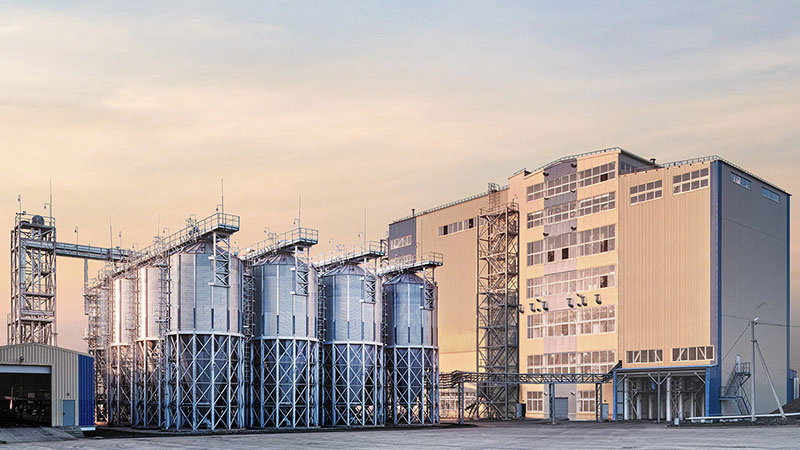
At RICHI, we go beyond project completion. With RICHI Servicee, we’re your dedicated partners in success. Count on us for expert guidance, minimal downtime, and optimized productivity. Choose RICHI for unmatched service and support.
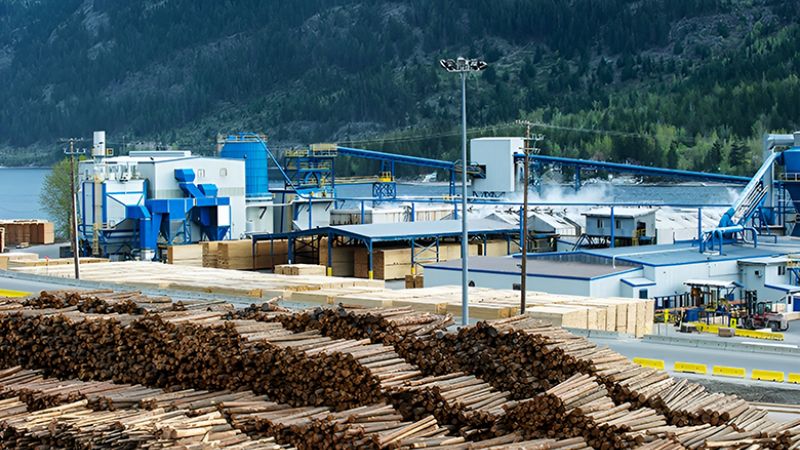
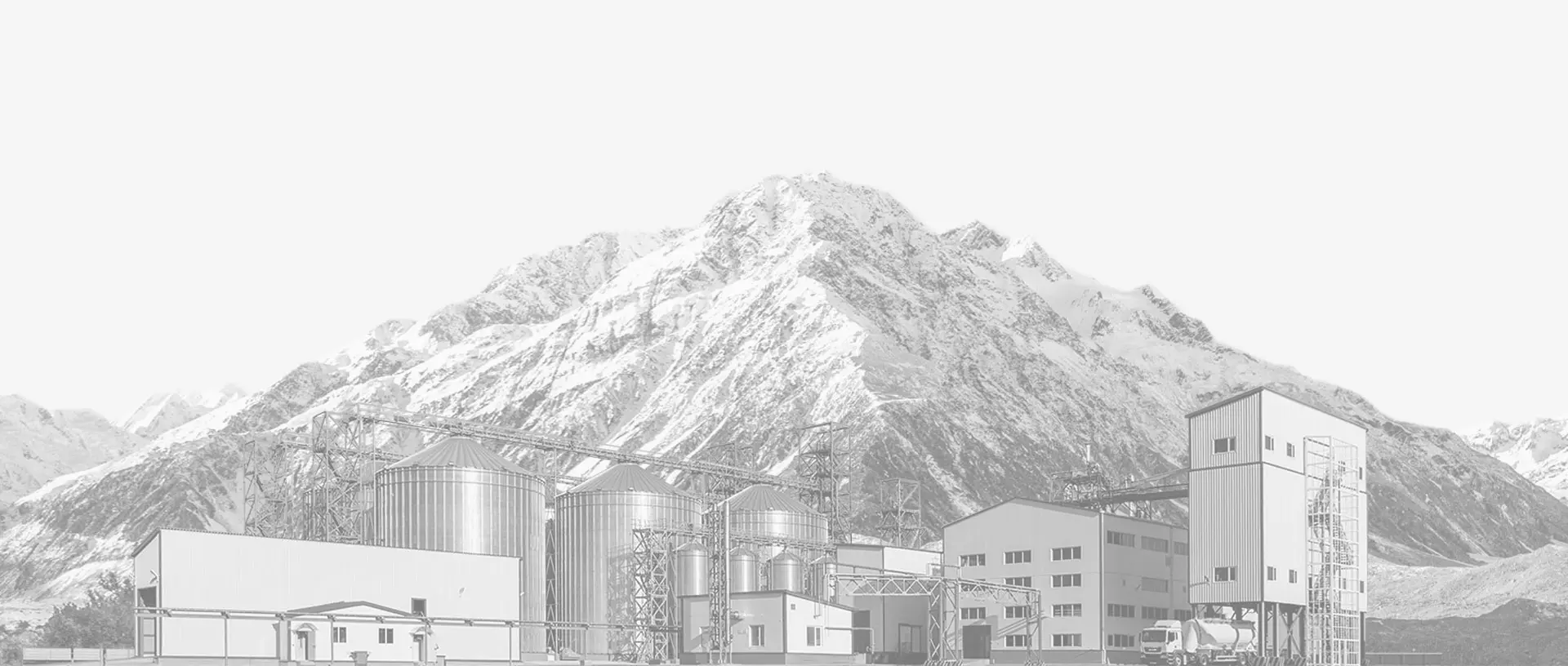

Meet global product demands and quality standards with industry-leading pellet plant design, engineering, equipment, and construction services for pellet processors.
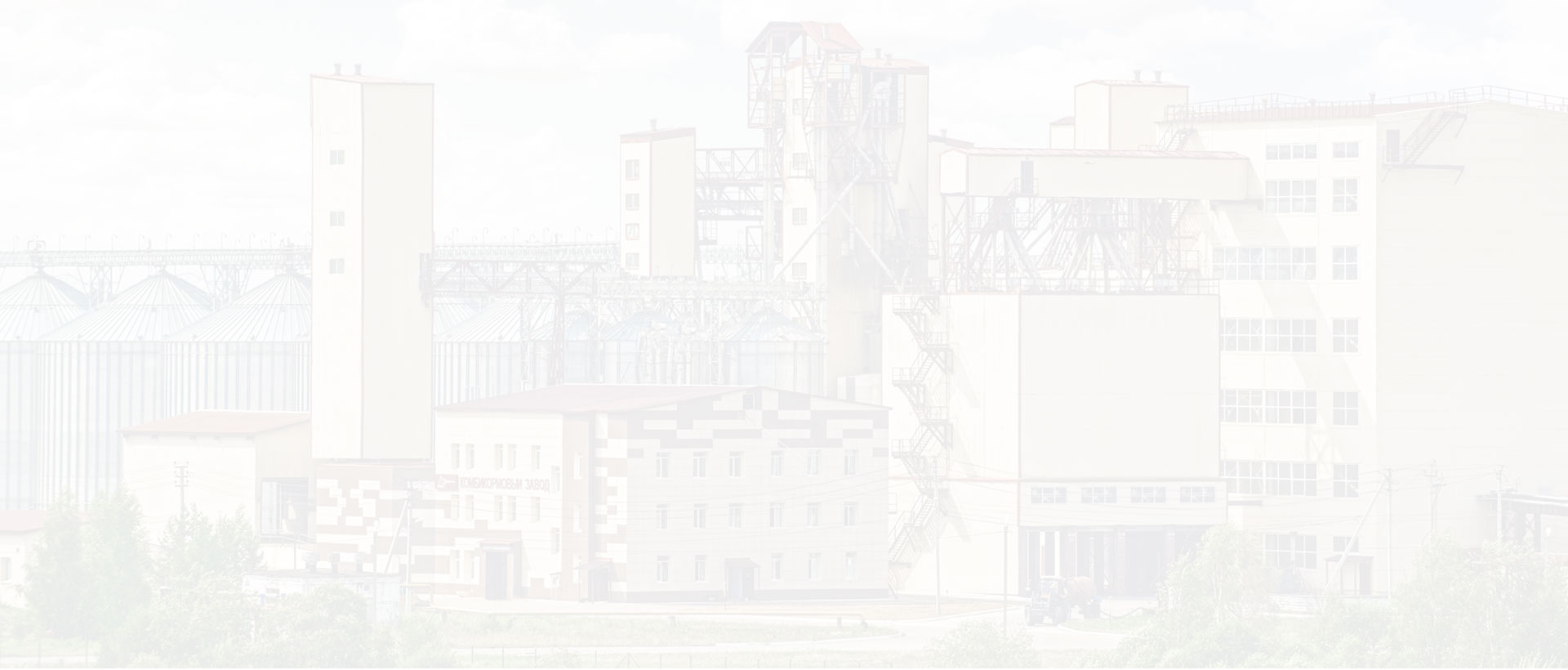
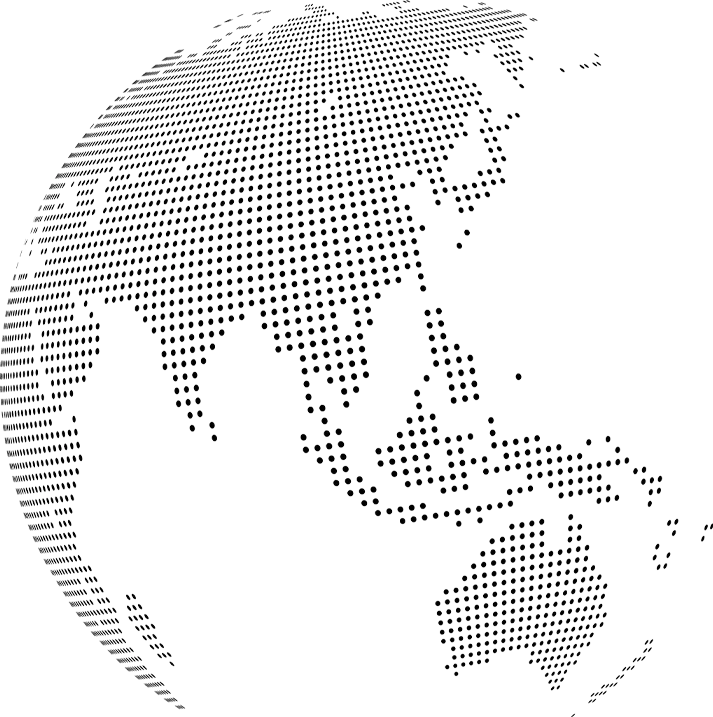
Your Partner Beyond Project Completion
2000+ cases
RICHI is the leading designer, manufacturer and builder of pellet plants in the world, completing over 2000 projects in 140 countries across 6 continents.
Read More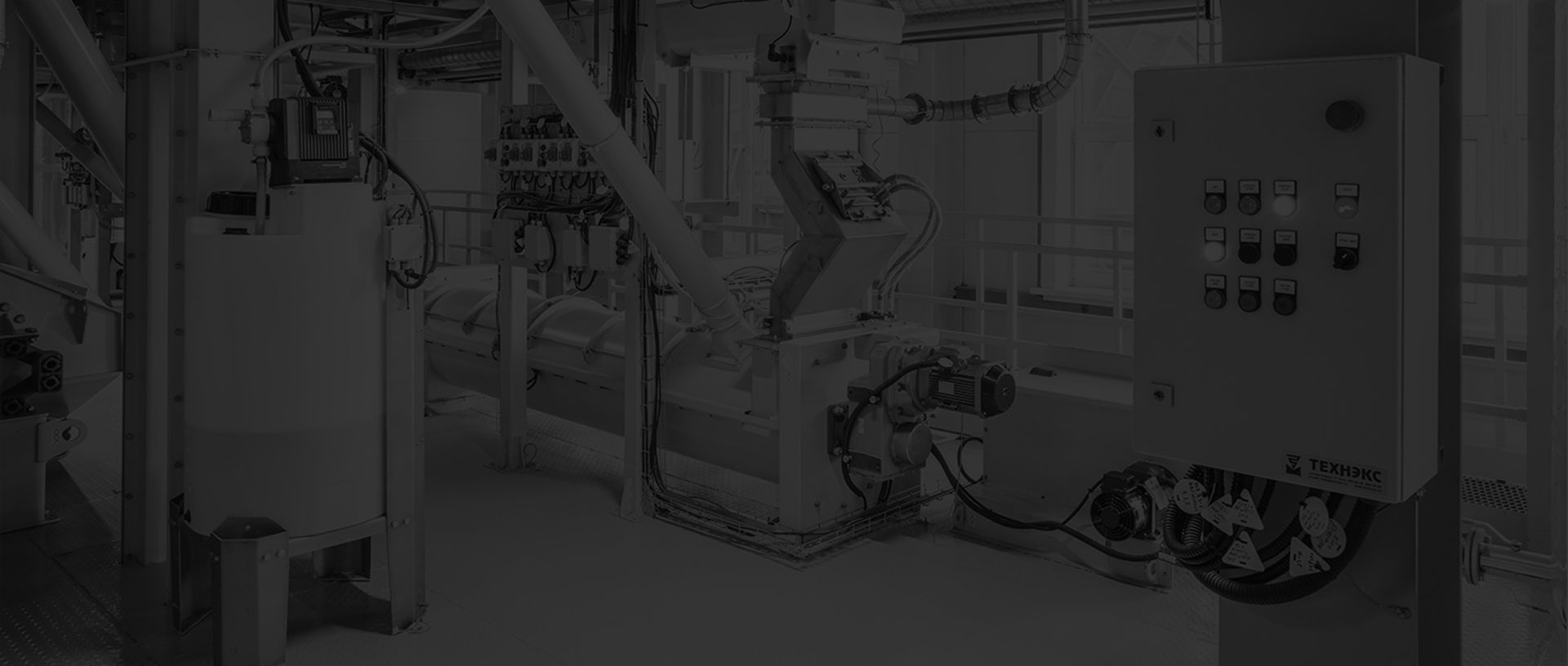
Increase plant productivity, profitability, and safety by integrating high quality equipment into your pellet production line. Over the years, RICHI has become China's top pellet equipment manufacturer. At the same time, RICHI has established valuable partnerships with the world's leading component and raw material manufacturers to bring you the best there is in technology, automation, and efficiency in pelleting plant machinery.
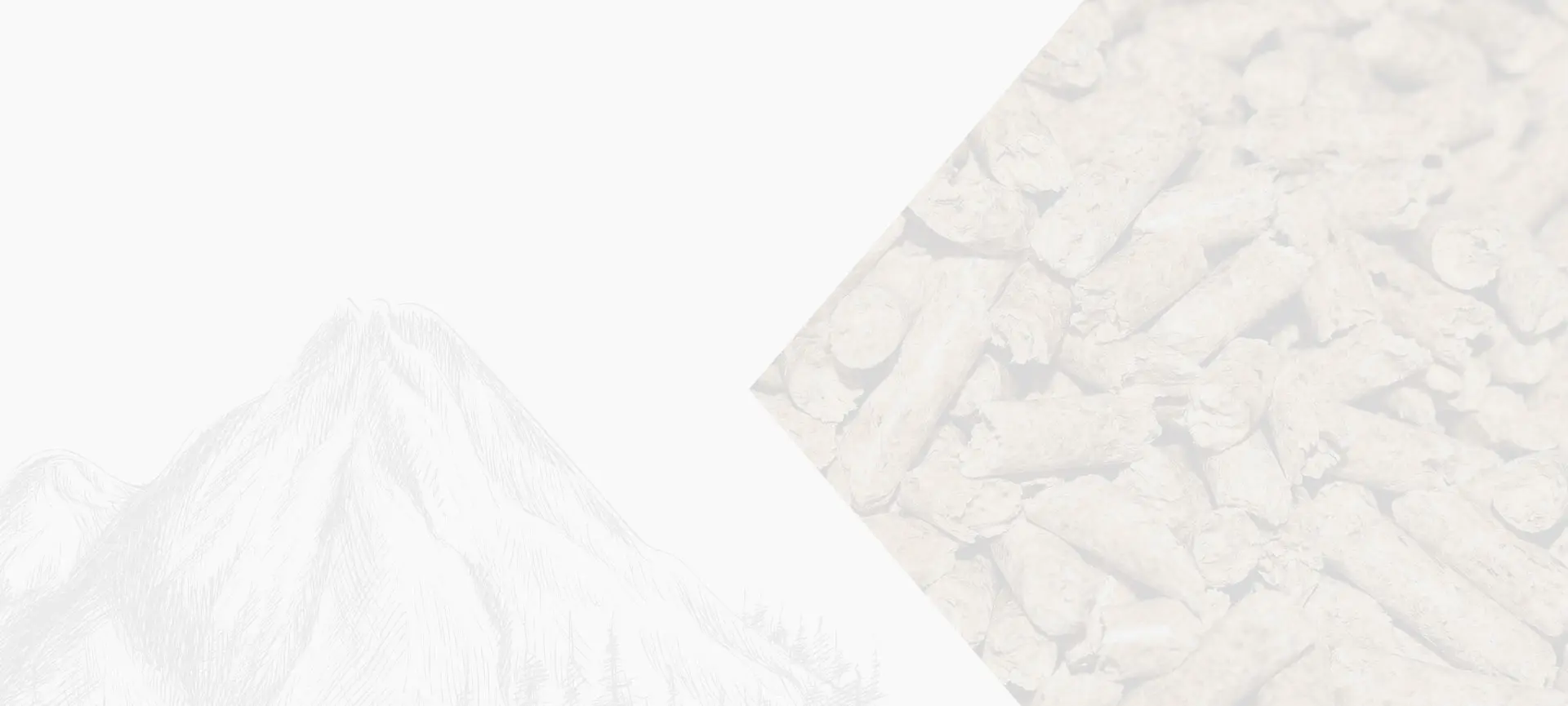
For nearly 30 years, RICHI has been providing best-in-class pellet plant equipment and services to clients across a variety of industries, sizes, and needs. We pride ourselves on the knowledge and skill that each team member possesses – from our technical sales team to our process design engineers. You can count on RICHI Machinery to take your operation to the next level of innovation, quality, and success.
Need help with your pellet manufacturing plant project? Contact us today.
ANIMAL FEED
BIOMASS
WOOD
ORGANIC FERTILIZER
AQUA FEED
CAT LITTER
MUNICIPAL WASTE RECYCLING
SPECIAL PELLET PRODUCTION
RICHI Machinery continues to deliver world class pellet mill equipment, pellet plant engineering and project solutions that add value to our customers in the animal feed, wood waste, agriculture waste, organic fertilizer, cat litter and special pellet products industries. Throughout the years, we RICHI Machinery have built strong brand, becoming industry-leading pellet machine manufacturer. We value integrity, promise quality, and prioritize your success.
Learn MoreWith our expert team, we precisely implement your process engineering requirements in pellet mill and pelletizing plant systems. No matter which industry you’re in – we understand your needs and deliver solutions that meet the highest standards.
At RICHI, quality comes first. Our pellet making machine and related pellet line equipment undergo rigorous quality controls to ensure they meet the highest standards. Rely on products that are durable, safe, and efficient.
With decades of experience in pellet machine and pellet production line production, we have earned a reputation as a trusted partner in various industries. Our expertise allows us to cover a wide range of applications.
Not only do we offer premium pelleting equipment, but we are also experts at designing, building, installing, and maintaining facilities from the ground up. Our expertise is within pellt plant process design, discovering the most efficient, productive, and profitable way to handle your materials in an end-to-end cycle.

Keeping in touch with us is an effective way to solve all your problems. If you have any needs or questions, please leave your contact information, then RICHI technical consultants will send design, quotation, videos to your mailbox. You can also contact us directly via WhatsApp: +86 13838389622
Copyright©2015-2024 by HENAN RICHI MACHINERY CO., LTD. All rights reserved.